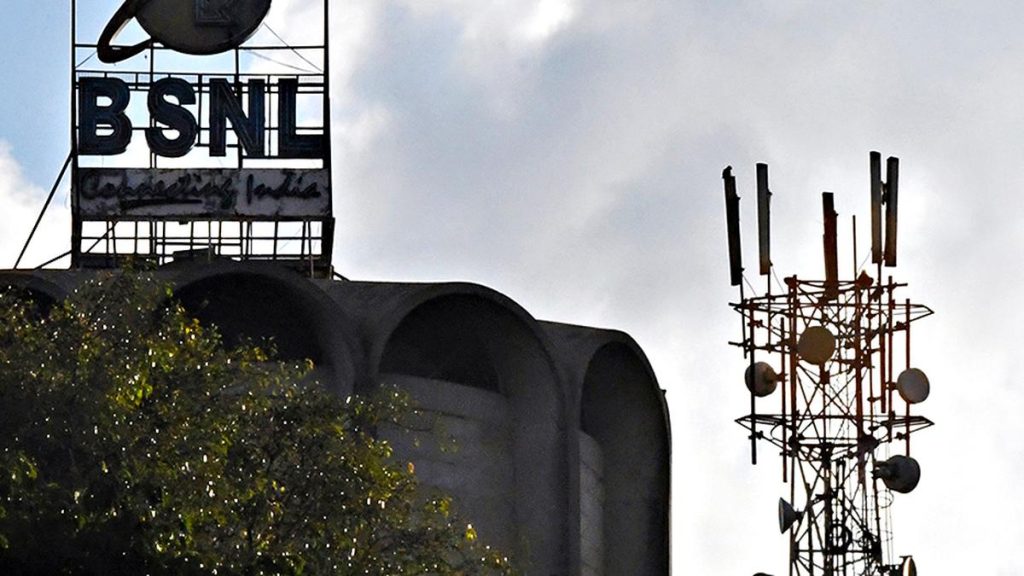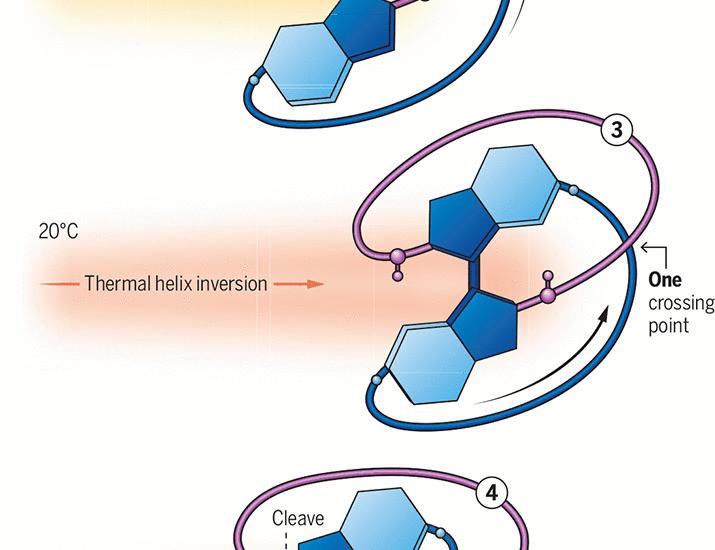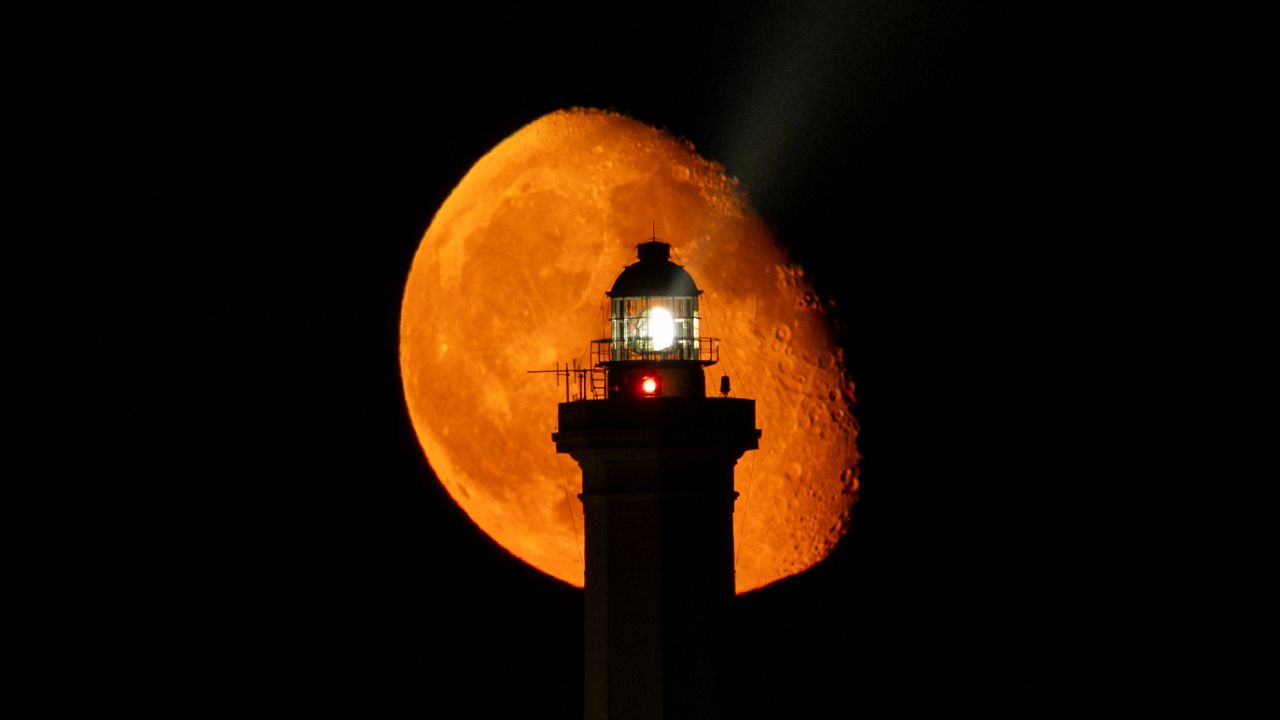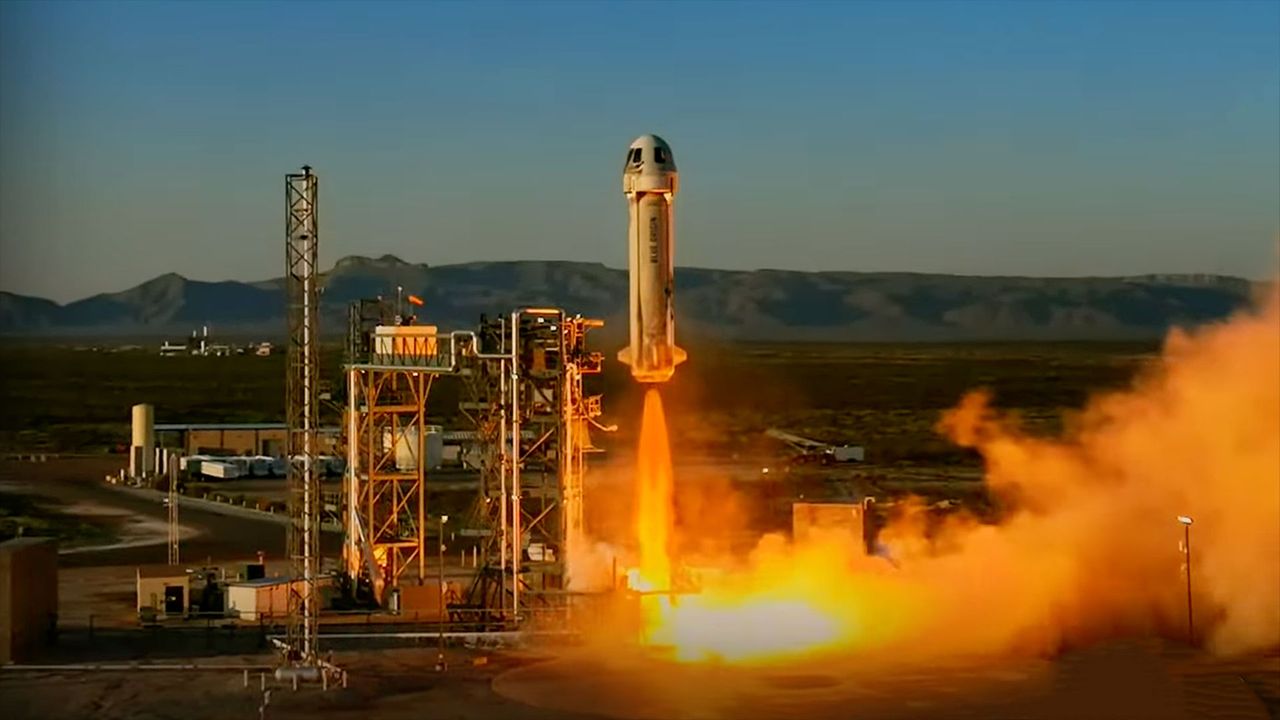Now Reading: Scientists Probe ‘Earthrise’ Crater in Search for Alien Life in Solar System
-
01
Scientists Probe ‘Earthrise’ Crater in Search for Alien Life in Solar System
Scientists Probe ‘Earthrise’ Crater in Search for Alien Life in Solar System
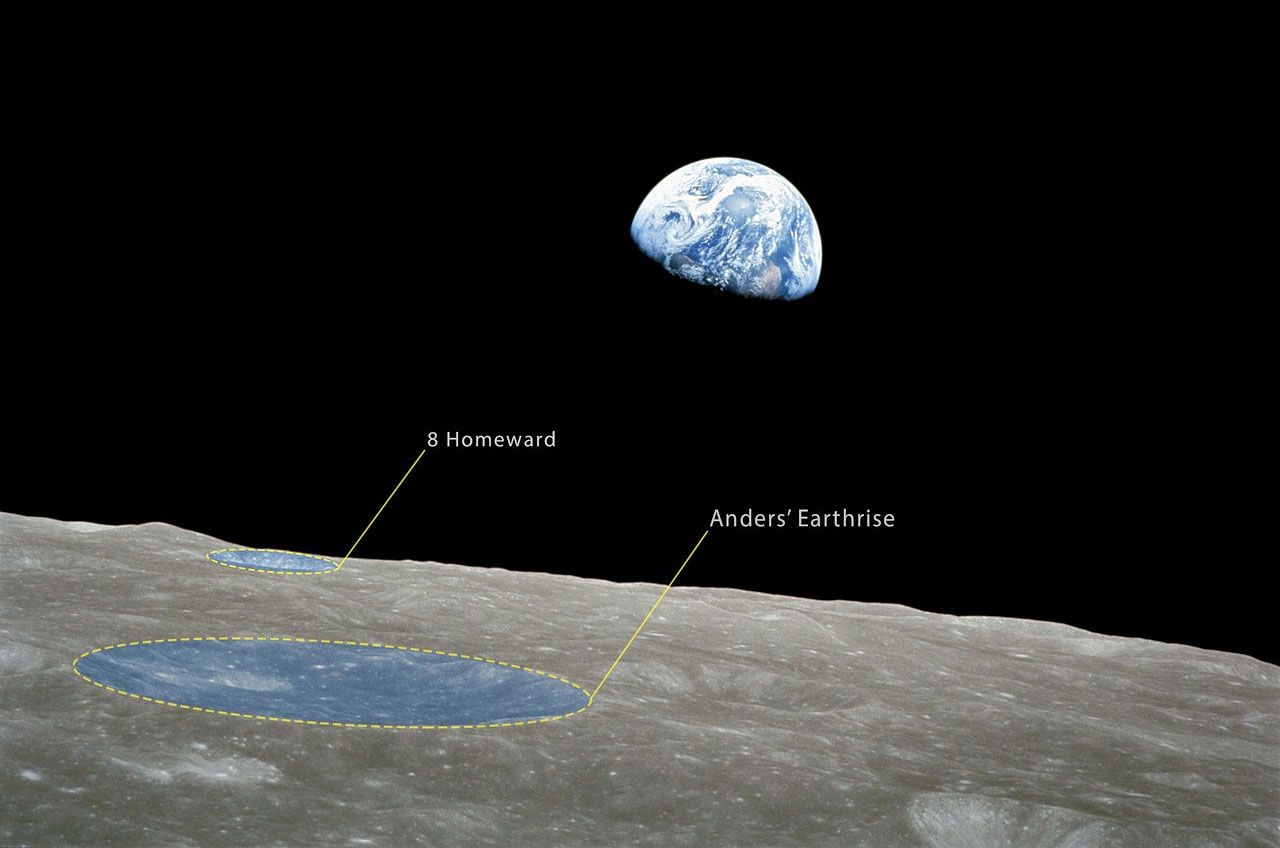
Quick Summary
- The iconic “Earthrise” lunar photo taken during Apollo 8 in 1968 prominently featured the Pasteur T crater, renamed “Anders’ Earthrise” in 2018.
- The European Space Agency’s (ESA) Jupiter Icy Moons Explorer (JUICE), launched in April 2023, recently conducted a lunar flyby to test its instruments.
- JUICE specifically used its Radar for Icy Moon Exploration (RIME) system to map the elevation of Anders’ Earthrise crater for eight minutes while silencing all other instruments.
- Research compared RIME’s data with NASA’s Lunar Orbiter Laser Altimeter measurements and identified interference issues caused by internal noise. A corrective algorithm was successfully implemented.
- ESA confirms RIME is now fully calibrated and prepared to explore Jupiter’s moons – Europa,ganymede,and Callisto – aiming to map subsurface rocky layers for habitability insights into extraterrestrial life potential.
- JUICE will continue its journey with gravity assistance from Venus before entering Jupiter’s orbit in 2031. It is indeed expected to conduct extensive flybys of Jupiter’s moons and orbit Ganymede between December 2034 and September 2035.
Indian Opinion Analysis
India has emerged as a meaningful player in space exploration through missions like Chandrayaan and Mangalyaan that focus on planetary science. While ESA’s JUICE mission primarily targets investigating extraterrestrial habitability within our solar system, there are parallel opportunities for India to explore such areas.Advanced radar systems like RIME highlight the growing importance of precision instrumentation; similar technologies could be adapted or developed under ISRO initiatives.
JUICE’s success underscores international collaboration as vital for executing large-scale scientific endeavors. For India, collaboration with global agencies like ESA might accelerate indigenous expertise while positioning itself as a key partner in exploring planetary systems beyond Earth.
Lastly, space research contributes directly toward advancements across computing technologies, navigation systems, and robotics – areas ripe for growth within India’s expanding tech ecosystem. With ISRO consistently setting benchmarks globally post successful moon landings recently amid Chandrayan campaign atmosphere benefitting global researches exponentially aroundandopening New doors yet simultaneously .



